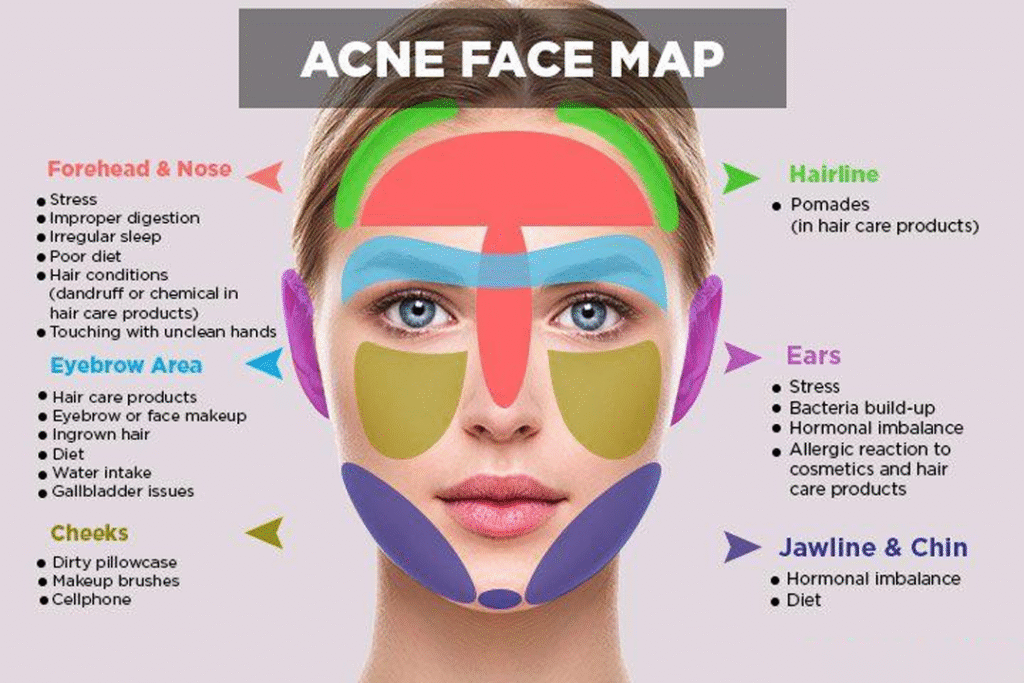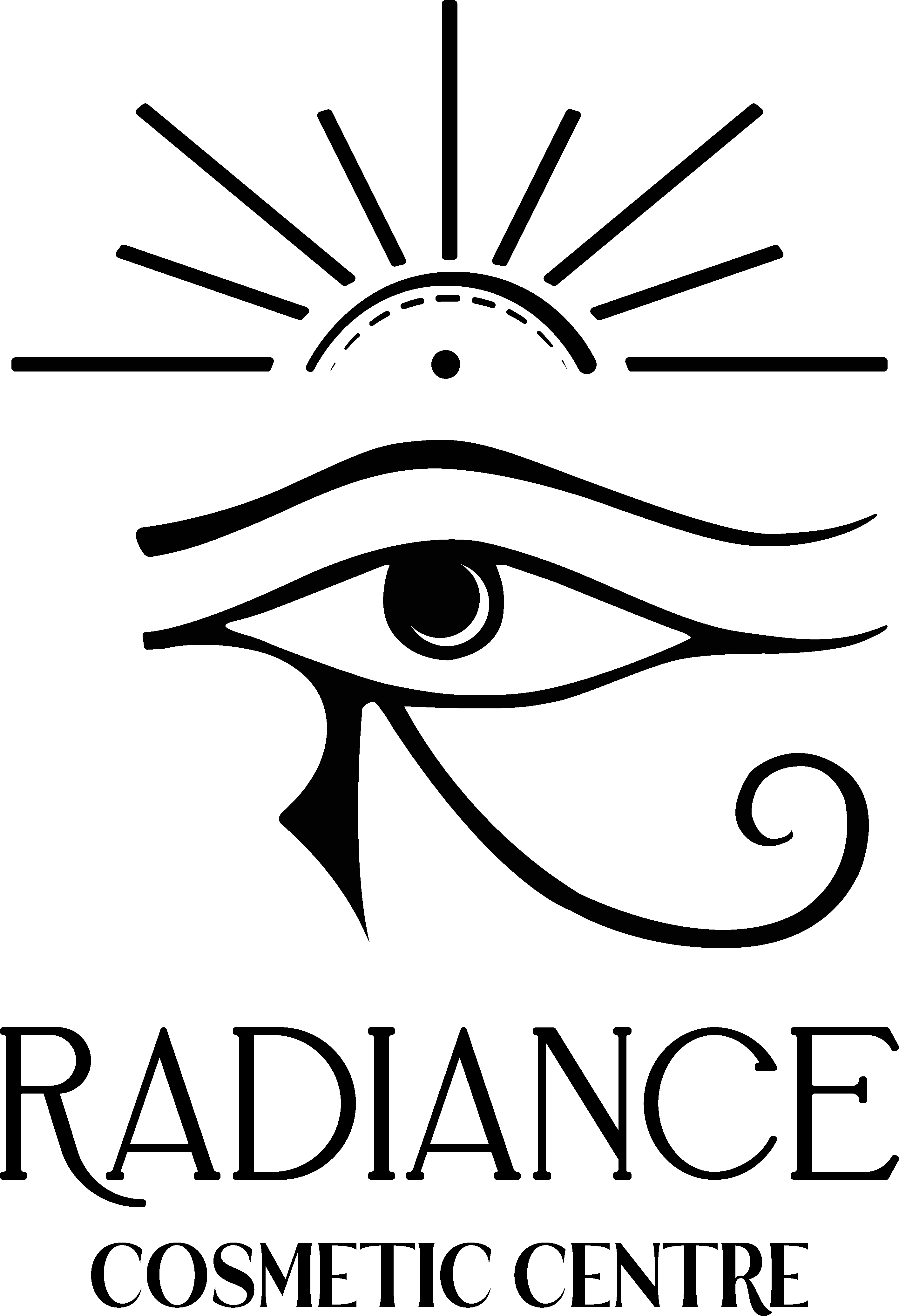Are your breakouts always showing up in the same spots? If yes, your skin might be telling you something about your internal health.
That’s where face mapping comes in. It’s a method rooted in Traditional Chinese Medicine that connects acne in specific facial zones to underlying issues in different parts of the body. When you know where your pimples appear, you can begin to understand why they’re showing up.
What Is Face Mapping?
Face mapping offers a holistic view of your skin. According to Healthline, various parts of your face correspond to internal organs. For example, chin acne may relate to hormonal imbalances, while forehead breakouts might indicate digestive stress.
While it’s not an exact science, many find this approach useful in uncovering hidden triggers. Additionally, it encourages a more mindful skincare routine.
What Each Breakout Zone Could Mean
1. Forehead – Digestive Health and Stress
Frequent forehead breakouts often reflect poor digestion, stress, or irregular sleep patterns. Because this area is linked to the digestive system, even small diet changes can show up here.
What helps:
- Drink more water
- Limit processed foods
- Stick to a regular sleep schedule
As a result, you may notice reduced inflammation and fewer breakouts.
2. Between the Eyebrows – Liver Function
Breakouts here may point to liver overload. If you consume too much alcohol or heavy foods, your liver could be struggling.
To support your liver:
- Cut down on greasy meals
- Eat more leafy greens
- Avoid eating late at night
In time, your skin here may start to clear up.
3. Cheeks – Environment and Lungs
Because cheeks are exposed, pollution and bacteria often affect this area. In some cases, it may even connect to respiratory health or allergies.
Here’s what can help:
- Clean your phone screen regularly
- Change pillowcases often
- Avoid smoking and dusty environments
Although it seems small, these habits can make a big difference.
4. Nose – Heart and Circulation
The nose is oil-rich, but it can also be a reflection of heart health. Acne in this zone may be tied to blood pressure or cholesterol.
Try this:
- Eat more healthy fats
- Avoid excess salt
- Include regular cardio in your routine
Eventually, your nose may feel less congested and oily.
5. Chin and Jawline – Hormones
Hormonal acne often shows up along the jawline and chin, especially around your period or due to conditions like PCOS.
To manage this:
- Cut down on dairy and sugar
- Include more fiber in your meals.
- Practice stress-reducing routines
While hormonal acne can be persistent, targeted care can help ease its impact.
Why Face Mapping Matters
Many people treat acne topically, focusing only on what’s visible. However, face mapping promotes a more holistic mindset. It encourages you to look at your lifestyle, stress, and diet as part of your skincare journey.
To understand how face mapping actually works, take a look at this visual representation below.
It breaks down the face into zones and shows what each area might correspond to internally.

Now that you’ve seen how the face is mapped, let’s explore what each zone can tell you.
How to Get Started
First, observe your breakouts for a few weeks. Are they always in the same area? Then, take small steps like hydrating more, eating mindfully, and using gentler products.
Next, read our blog on over-exfoliation to see if your routine could be doing more harm than good.
Most importantly, don’t guess.
Book a session with Radiance for a personalised skin analysis that goes beyond the surface.
Final Thoughts
In conclusion, face mapping is more than a trend—it’s a way to listen to your body. When you understand what your breakouts are trying to say, you can make smarter choices for your skin and health.
Although it won’t replace a doctor’s advice, it offers clues that may lead you toward clearer skin and better balance overall.

Leave a Reply